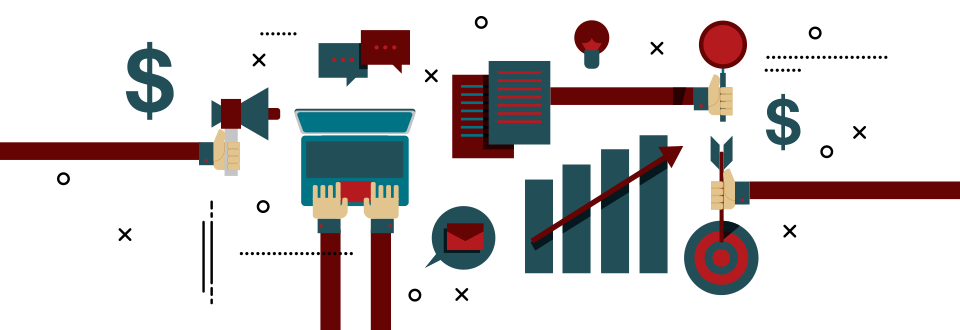We've talked before on the LoSasso blog about how content is king in today's search engine optimization (SEO) landscape, but what tactical measures can you take besides churning out a bunch of blog posts to make your website easier to find?
There are many technical things that can be done to improve a website's search engine friendliness. But before you spend hundreds of hours writing new content, it's important to know where the website stands. This is why we make benchmarking the first priority for new SEO projects.
There are several steps we must take during the SEO benchmarking process to make sure the campaign is setup for measurability and success. When all is completed, we can gauge successes from our SEO efforts over periods of time.
Before we get a little more technical with the specific setup process, remember that the end goal of our SEO efforts is to increase organic traffic, enhance user experience, increase website engagement and improve quality of leads.
Step 1: Website audit
One action in the website audit step is running a website crawl of the entire website to get a complete list of all the page URLs, along with page titles and descriptions. We can use this information to improve the page title and description copy, making sure pages are optimized for search engines in terms of length and keywords.
We run the website through a third-party tool to identify any potential areas of improvement. The tool is great at finding opportunities to help improve our overall website quality. Things the tool looks for include duplicate content, page errors, missing page titles and/or descriptions, missing alt text, broken images and much more.
Additionally, we plug the client's top competitors into the tool to get an idea how the website performs in relation the main competitors. Competitor monitoring is very important in knowing how you compare to the other major players in your industry.
Step 2: Keyword monitoring
While SEO efforts geared towards improving keyword rank are not as effective as they once were, monitoring rank for priority keywords still provides a good pulse on how well your website is performing. We research the top keywords for the website and monitor changes in ranking over months or years.
Step 3: Organic traffic review
Hopefully the website is already setup in Google Analytics. Assuming it is, we then look at past organic traffic data to get an idea, on average, how many visits come from organic search and how engaged the visitors are. We also look at what keywords bring organic visitors to the website and what pages they land on most frequently. Knowing this information before we get started with the SEO project helps show growth in organic visitors and quality of visitors.
Step 4: Link monitoring
Setting a benchmark for and monitoring change in the total number of inbound links to the website is a great way to show that the new content being created is connecting with the intended audience. When readers find value in the content being created, they are more likely to link to the website. Gaining new external links from high-quality websites is extremely important in SEO, as it shows that your website is popular and trusted within the respective industry.



